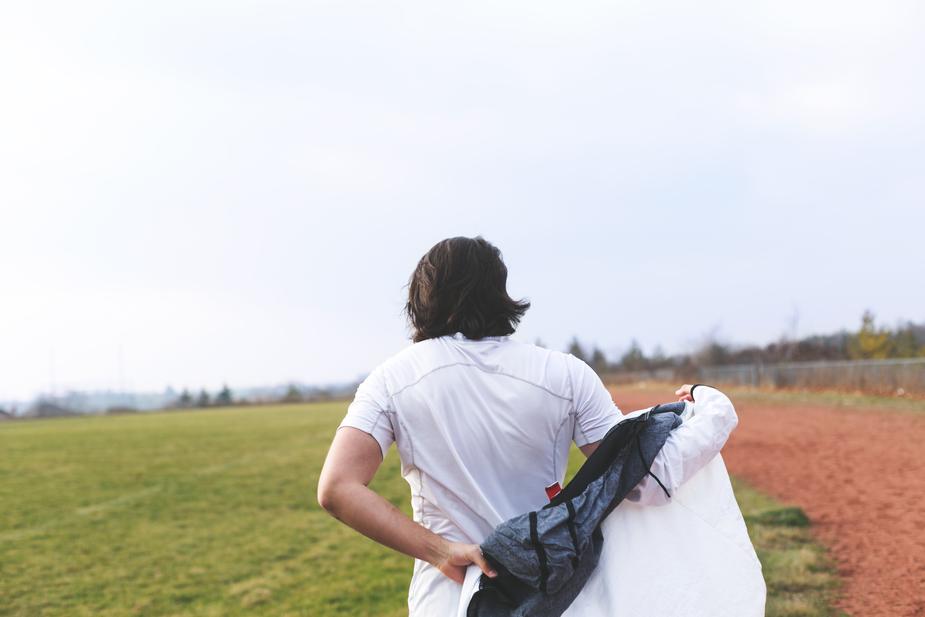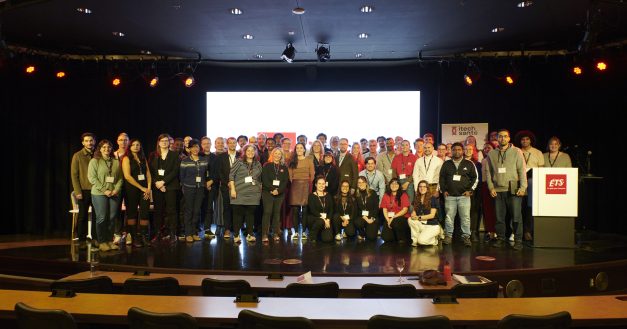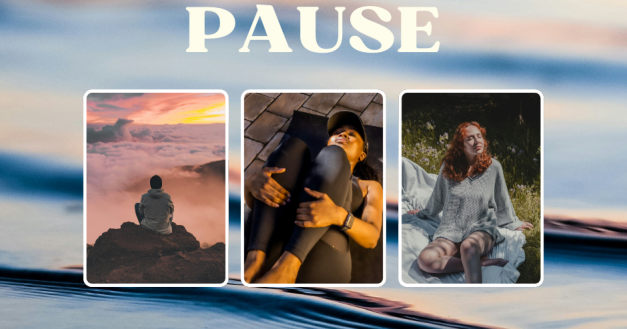Mental Health – Learnings From Lockdown | Part 2

CAPSULE 6 – Learning From Our Lockdown Experience — Part 2
By Amélie Soulard, PsyD, Psychologist and mental performance consultant at INS Québec
and Véronique Richard, Ph.D., Mental performance consultant at INS Québec
As lockdown measures begin to be lifted across the country and athletes gradually start returning to training, we now have the opportunity to learn from this extraordinary experience in order to move forward and achieve our goals more effectively.
In the first part of this article, we discussed the importance of taking a moment to reflect before moving forward, and the things that you can do in order to continue developing your tolerance toward uncertainty. In this second part, we’ll be looking at how a creative outlook can play its part post-lockdown.
Looking at things more creatively
The media has repeatedly claimed that the “crisis” has provided us with an opportunity to “reinvent” ourselves. But how can lockdown go hand in hand with creativity? The pandemic has given us the freedom to experiment, to try, to dare, to invent, to improvise, and above all to dream!
At first, lockdown meant a significant number of restrictions. Whether physical, social or behavioural, restrictions can be an invaluable catalyst for creativity because they force us to look at new ways of thinking and doing things. They encourage us to look at our surroundings differently and to make connections that didn’t previously exist.
You may never have thought that your mattress could be used as a landing mat or that square hay bales from the family farm could provide the perfect foundation for an outdoor pool. Without the usual training options, athletes have explored the opportunities offered by their environment and found a whole host of previously unseen possibilities.
On a different note, we were all starting from scratch on how to organize training during a pandemic. This has meant that we’ve been more open to new ideas. No one could claim to know the best way of doing things based on previous experience. This has encouraged us to listen and be open to everyone’s points of view. We also accepted mistakes more readily as we were in “solutions-finding” mode.
In short, the pandemic “culture” was one of accepting, listening to and experimenting with ideas, thereby contributing to the rise of creative thinking and action.
The question now is: How are we going to transfer these principles to our day-to-day training environment? Here are two questions that can guide your planning:
- How can I implement the concept of restriction into some of my workouts in order to bring out different and sought-after actions and thought processes? For example, training in silence (restriction) could lead to new ways of communicating.
- How can I create activities that encourage me to look at new ideas in an environment with little judgement and a lot of self-reliance? Why not introduce 30 minutes of creativity once a week by inviting athletes to reinvent how they use the equipment around them?
As the saying goes, every cloud has a silver lining. Despite the difficulties and trouble that lockdown has caused, it has nevertheless had a positive impact. Whether it’s taking a step back to reflect on how to look toward the future, improving our tolerance toward uncertainty or learning how to take a creative approach, you now have a new toolkit that can be used for other opportunities in the pursuit of your career.


